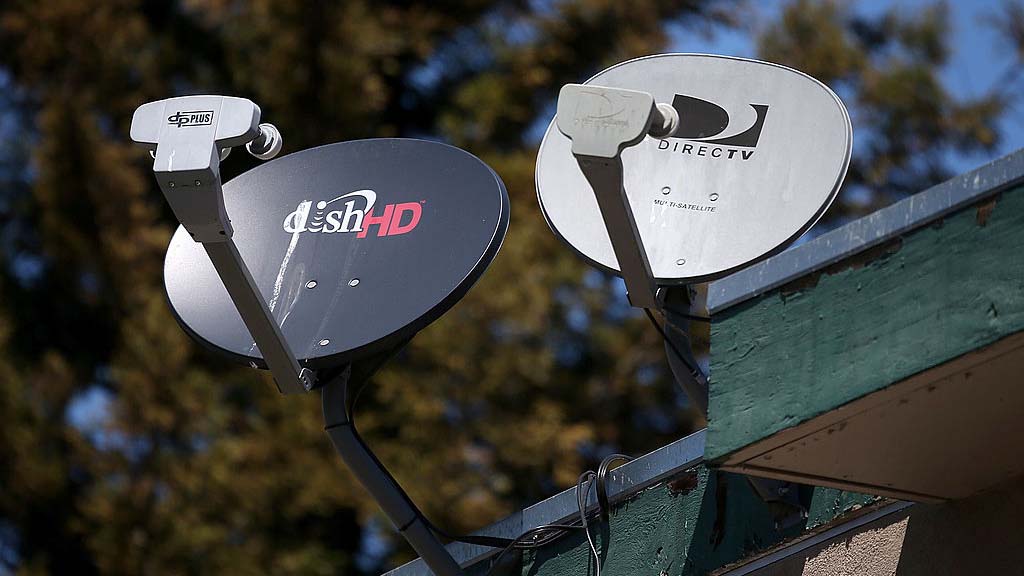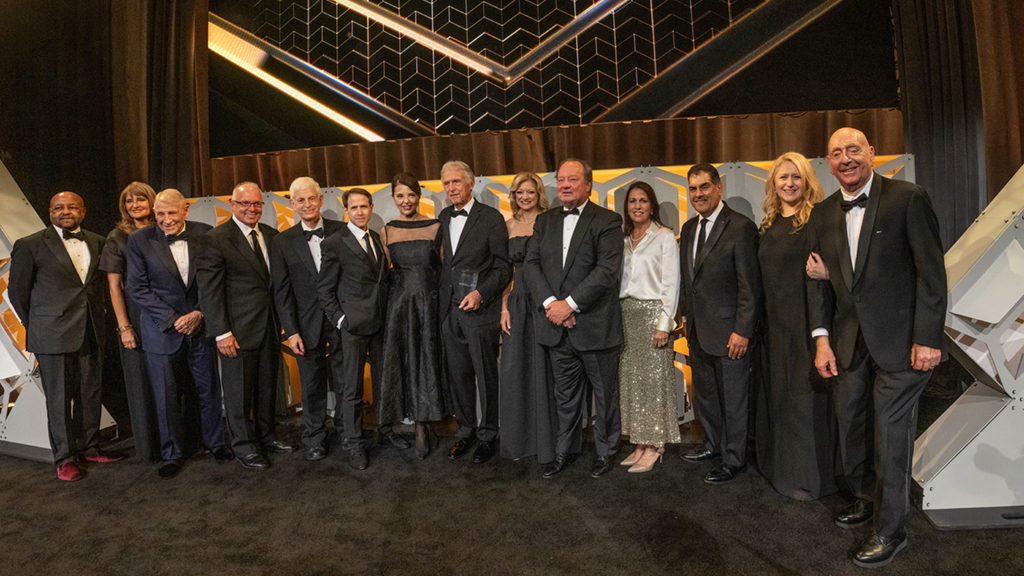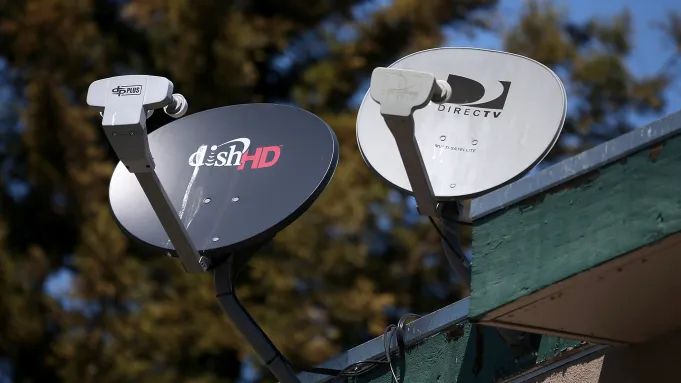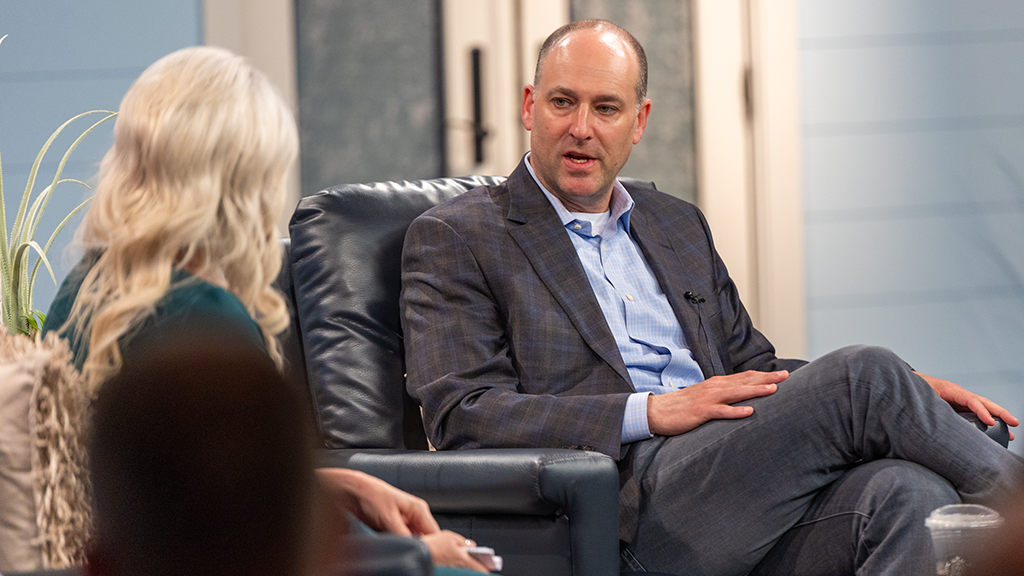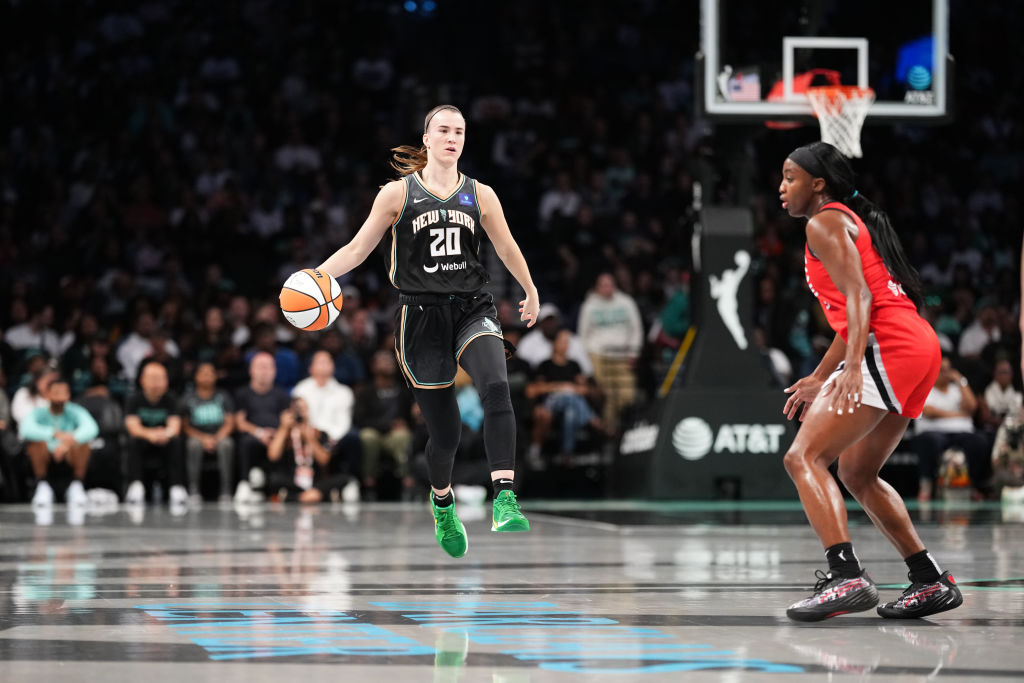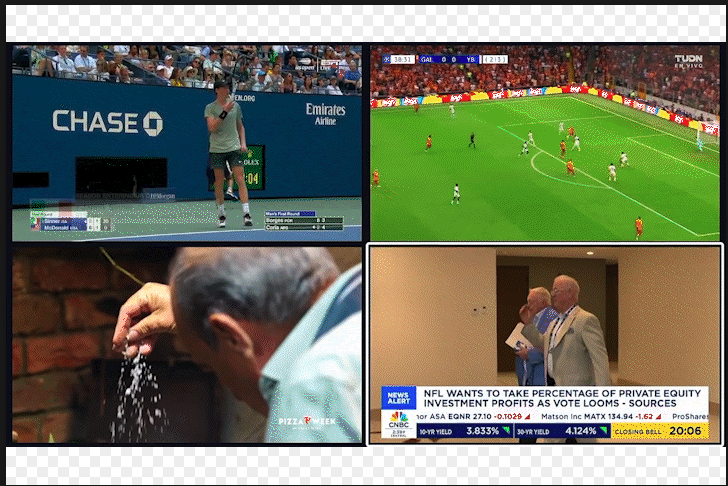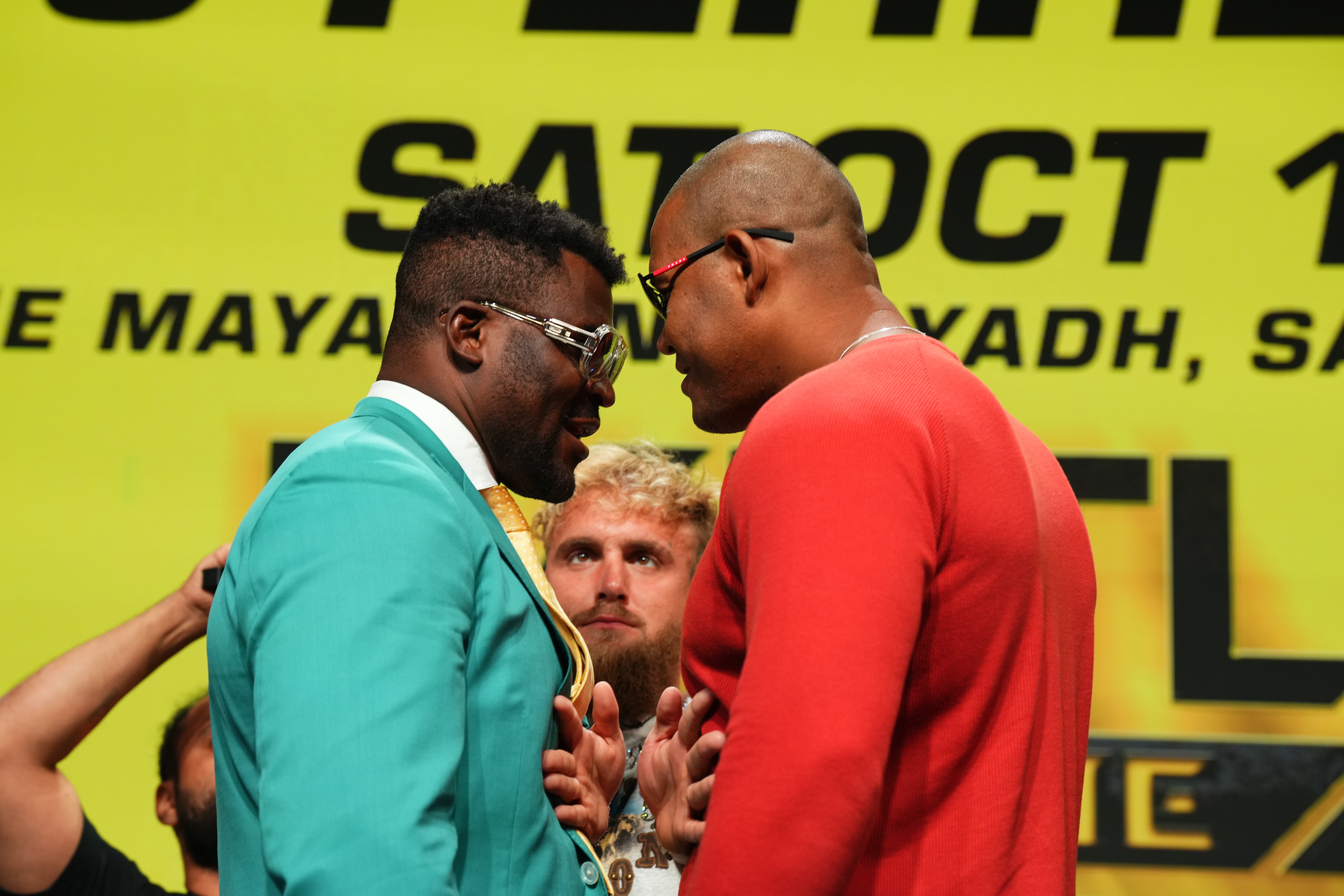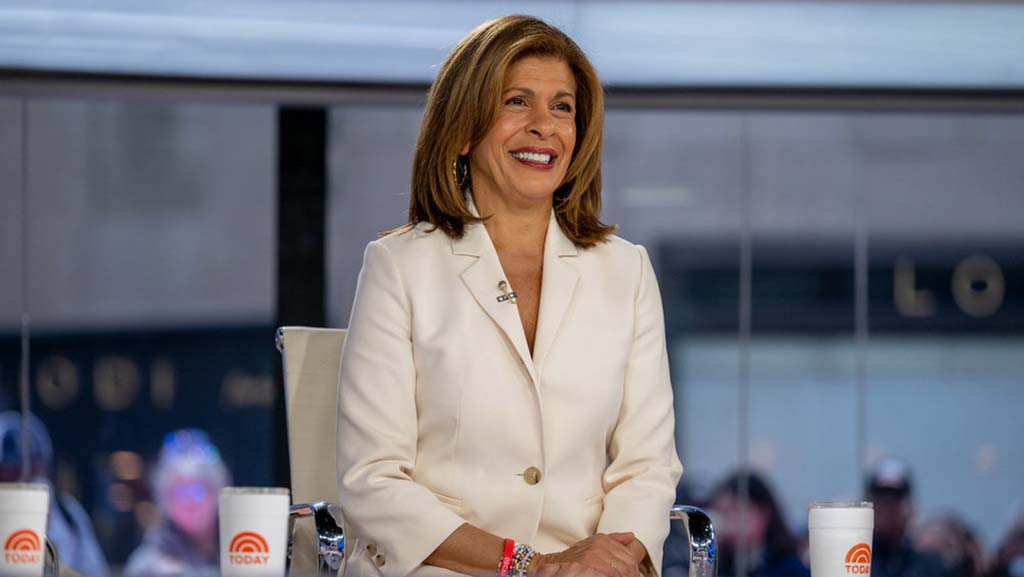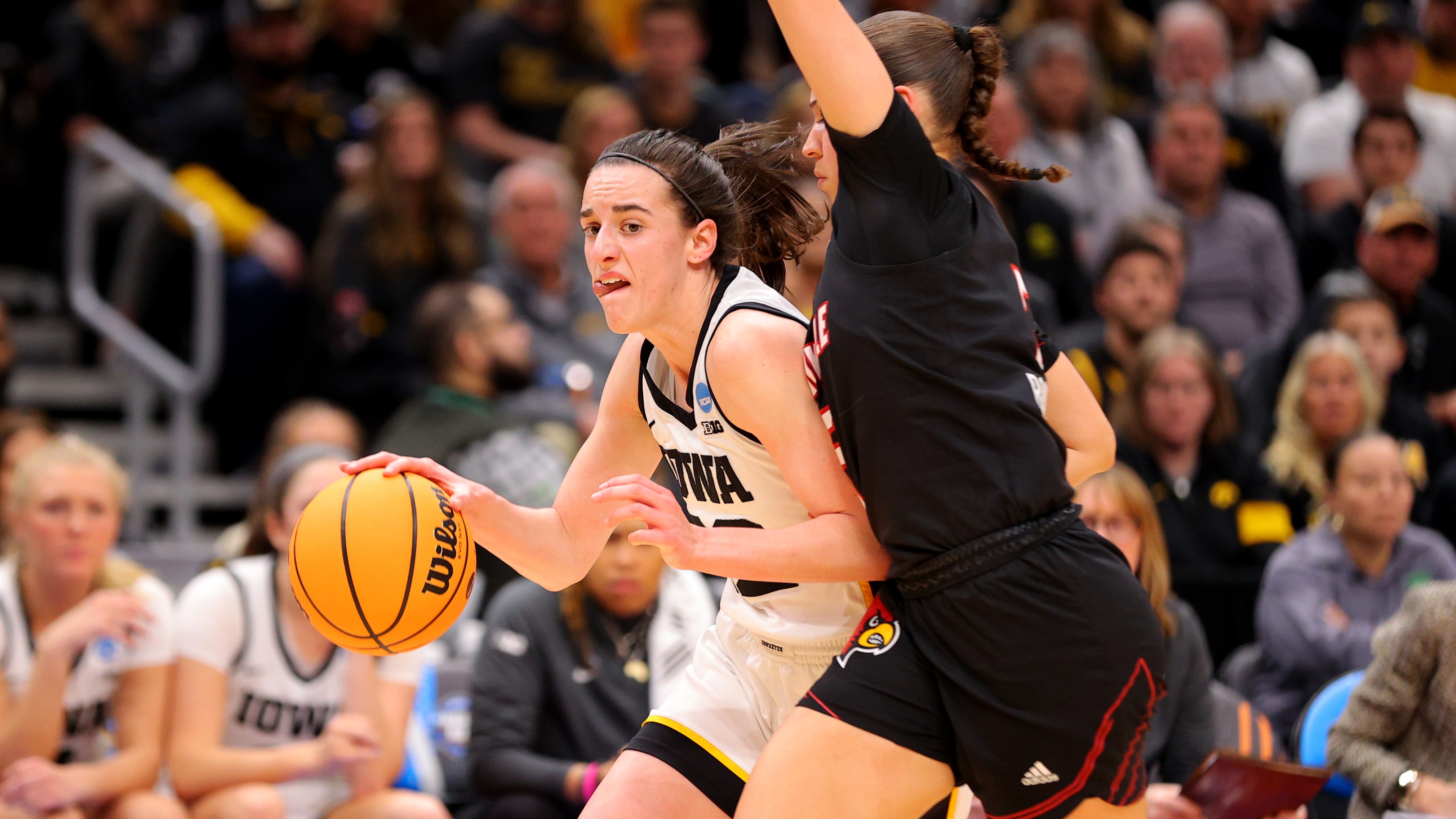Next TV: Storytelling, Monetizing Not the Same on All Forms of TV
Santa Monica, Calif.—This just in: TV is not dead.
“TV is alive and well; how TV is being consumed is changing,” said John Roberts, senior VP of digital media and commercial ventures at Endemol, during a Next TV Summit panel on Tuesday.
Roberts, along with Caroline Kusser, Red Arrow International’s senior VP North America, and John Pollak, Electus’ president international, discussed the changing landscape of television, addressing short form versus long form, the impact of digital, and the next generation of storytellers.
Kusser cited YouTube as a source of network content, saying a person can view a series and just “know this is going be on a channel somewhere sometime.”
She pointed out Epic Meal Time, a popular cooking show on Red Arrow’s YouTube channel, that was recently sold to A+E.
When looking at engaging short digital videos like that, she said, the goal is often to get it to be a 30- or 45-minute long running series elsewhere.
Of course, it doesn’t have to be a TV cable channel. Netflix, Hulu and Amazon, among others, have helped redefine that sphere.
Broadcasting & Cable Newsletter
The smarter way to stay on top of broadcasting and cable industry. Sign up below
Pollak addressed the the binge-watching nature of shows on those platforms, such as Netflix’s House of Cards, arguing that they are also appointment viewing -- shows that people want to watch so they can talk about it with their friends around the water cooler. He explained these companies are launching shows so good that people want to watch them as soon as they are available.
There’s also the symbiotic relationship between Amazon and its upcoming new series Bosch, based on the popular series of novels from Michael Connelly. It makes sense that Bosch would go to Amazon, Kusser said, as Amazon is a huge, global bookstore and, in turn, is releasing Connelly’s next book.
Eventizing programming is also crucial, Pollak added. He mentioned the importance of separating programming from everything else out there, differentiating it and bringing in new viewers. That’s still needed with digital content, he said.
As the digital world continues evolving, Pollak said, people need to figure out how to monetize it and determine whether you can make the same money as you would on television. “When that gets figured out, there will be another significant and real platform where content can live,” he said.
Another aspect slowing digital’s surge is the international market. “Digital content is still tough to monetize internationally,” Pollak said. “Long form on traditional TV is where the money is.”
Kusser explained the significance of retaining the often-lucrative international rights. For instance, Red Arrow was able to hold onto the international rights of Lilyhammer, the first Netflix original series, which launched in 2012. She said that’s different today.
There are other avenues for revenue in the digital sphere.
Roberts looked to YouTube influencers. “All they have to do is tell their audience about a product and the product sells,” he said. On most YouTube videos, you can skip the ad after five or six seconds, he said. If you can watch a Vine video, in which a story is told in just six seconds, that could translate to advertising. “I’m looking forward to ads telling a story in six seconds,” he said. It comes down to storytelling all the way around.
The same goes with web series like Jerry Seinfeld’s Comedians in Cars Getting Coffee, which uses a tongue-in-cheek approach to product placement that is incorporated organically into the show.
As long as the organizational mantra, Pollak said, is that “creative needs to lead conversations.”
